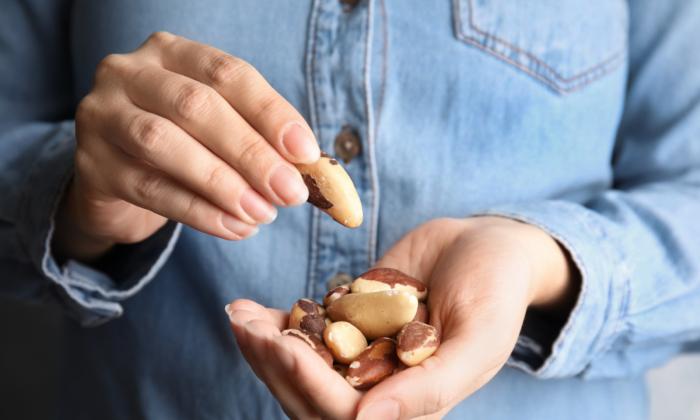It’s why going for a walk after a meal makes a lot of sense if you’re looking to keep blood sugar under control and avoid the spikes that can arise after eating. Too many of these glucose bursts can boost the risk for high blood sugar and Type 2 diabetes.
A quick and pleasant way to use the glucose you’ve just eaten is by getting some movement. Your muscles suck up the sugar in your blood to fuel your movement. Every time they contract, they’re tapping into that energy.
Research from 2009 suggested that taking a 20-minute walk at a light pace could regulate blood sugar metabolism and reduce the risk for Type 2 diabetes. Now new work is showing that significantly less movement can be effective.
A study recently published in Sports Medicine found that as little as two to five minutes, or even standing, right after eating could smooth post-meal blood spikes and lower the risk for Type 2 diabetes.
Light exercise can help reduce the development of insulin resistance and subsequently Type 2 diabetes and cardiovascular disease.
Everybody can benefit by reducing the post-meal glucose spike, whether you have diabetes or not. Limiting the post-meal glucose spike can lead to fewer cravings later, less hunger between meals, lower inflammation, and other benefits.
So after you eat, do yourself a favor and go for a walk. If you have time for a light 20-minute stroll around the neighborhood, that’s great. If not, walk around your home for a couple of minutes, or even just stand and wash some dishes—all of these actions can offer some benefit.
Aiming for 150 minutes of activity per week can help even more, but timing your exercise after meals is wise if you can’t commit to more.





